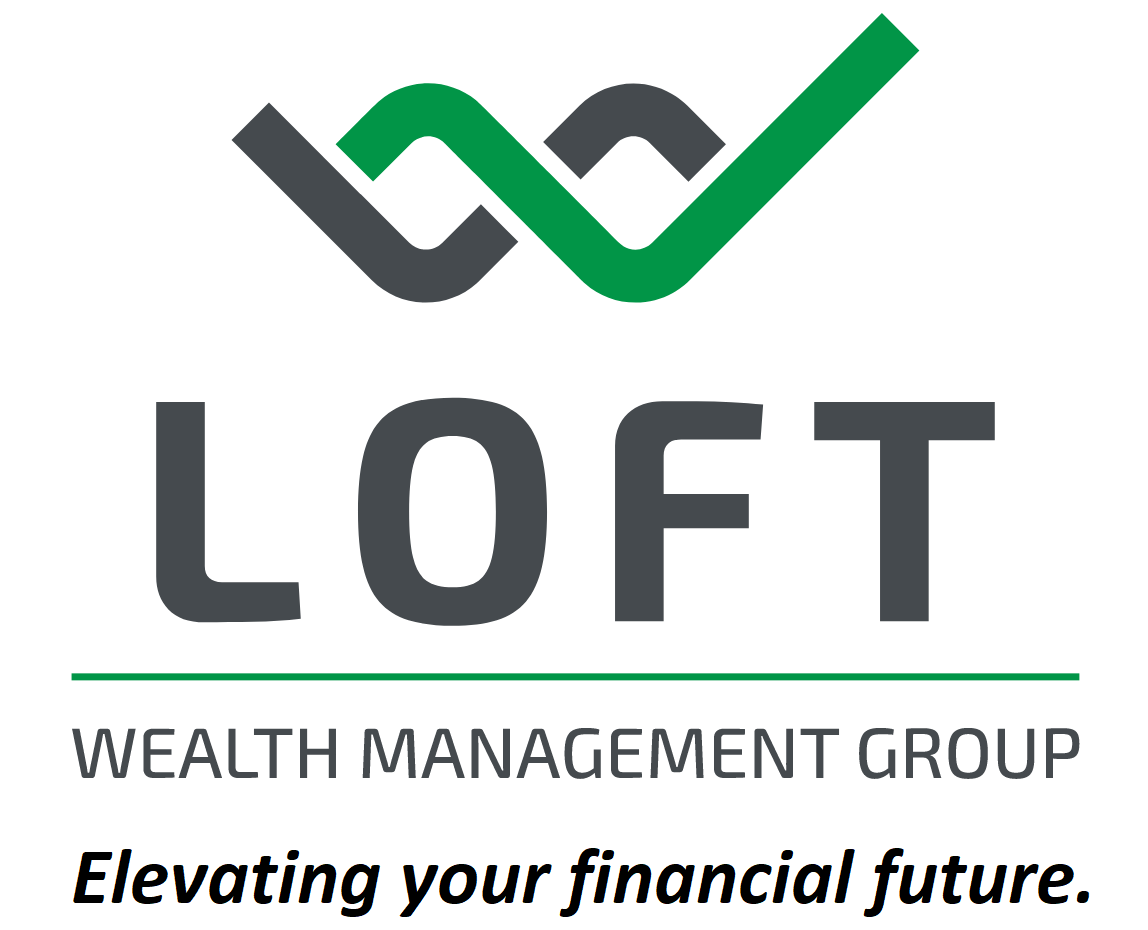Investment Risk and Volatility
Volatility and risk are different concepts, but both have a role in determining your investment success.
Volatility is simply how much the market will increase or decrease, whereas risk is the amount of loss or gain you are willing to accept. The volatility of your investments is often a result of the level of risk you are willing to accept. During periods of market volatility, it is important to stay focused on your asset allocation goals according to your predetermined risk profile.
Volatility is simply short-term instability that can affect all investments, including good equity funds, because of fear generated in the markets.
Investment Planning
An investment plan defines how you will invest your money, prioritize, fund, manage and evaluate your investments while you seek to meet your goals and objectives.
Investors may use an active and/or a passive management style for a portfolio depending on long-, medium-, or short-term goals, and their individual (or unique) determined investment style.
We can help you design the right plan.
Retirement Solutions
You will spend many years working. One day you will need to retire with a good income generated from your accumulated investments. Retirement planning is never finished. You will need to manage your investments carefully to maximize their return through life's various stages as you move closer to, and during, retirement.
Through good markets and volatile markets, we help individuals, families, and business owners with their financial needs. We realize one program doesn’t fit all investor needs, so we will take into consideration your changing goals—for example, if you have other short-term needs, we will help you tailor an investment plan to suit your specific goals.
We can help you to re-evaluate your investment strategy and advise you as we develop a balanced plan that is best suited to your overall investment needs. Retirement planning must ensure the best use of capital with minimization of tax during the investment growth stages, as well as during the period when you will depend on your investments to create wealth as it transfers to income.
Individual Pension Plan
An Individual Pension Plans (IPP) is a vehicle for retirement and estate planning for the right person (business owners over 40 or incorporated professionals earning around $100,000 or more). It is a defined benefit pension plan which provides greater tax deferred contributions than those available through a Registered Retirement Savings Plan (RRSP).
Contact me to discuss the potential for a IPP for your needs.
Wealth Management and Tax Reduction

There are important wealth management tactics that can help maximize your long-term investment returns. These tactics in particular, have stood the test of time for investors interested in building a strong and balanced investment portfolio. Here is a list of investment tactics to help you achieve financial independence.
Read More
- Deduct interest. If you plan to borrow money to finance a business and associated expenses, it is important to arrange your finances to deduct Interest on this type of borrowing against your income.
- Consider income splitting. Income splitting is the idea of moving income to family members who are in a lower tax bracket than you. To split family income with your spouse you can invest the lower-earning spouse's income, while the higher earner pays family living expenses and taxes. You may also want to contribute to a spousal RRSP. If you own a business, where applicable, pay your spouse a salary for work performed on behalf of your business. To split income with children, you can give them cash, or any other assets (if they are over 18). For children under 18, consider that there may be attribution rules.
- Structure your investments for tax. To avoid paying high taxes on income from earnings or interest, structure your investments to earn primarily capital gains and dividends outside of your registered accounts.
- Tax Deferral. If you are investing in non-registered holdings, but have not maximized your RRSP, you may be losing the opportunity to deduct up-to-the-maximum contributions from income. You also miss out on the pre-retirement tax deferral, during the time that elapses until you retire. You could be deferring these tax liabilities on investment income, until you withdraw the funds held within your RRSP, or your RRIF.
- Create trusts. Trusts are ideal if you hope to transfer income, and/or capital gains to a beneficiary. If you own a business, you can even use trusts to pass the business on to your children for tax purposes while still retaining some control. Make sure you obtain expert advice.
- Donate. Charitable donations are effective wealth management tools because they provide you with a tax break while allowing you to make a real difference for a cause important to you.
- Develop a plan. As with all things in life, good intentions are seldom enough. A professional investment plan can help ensure you reach your financial goals, while not depending on Canada Pension Plan (CPP). Begin to envision independent financial success.
- Start early as time adds value to money. Start early as time adds value to money. Habitually pay yourself first every pay-cheque, before you pay your bills. For estimation purposes only, use the simple "Rule of 72" to assess potential results over time - divide your annual percentage rate of return (yield) into 72. The answer will tell you how many years are necessary to double your money if the rate of return remains constant. Time can work against you if you procrastinate. Bear in mind that the "Rule of 72" is a math rule only - not an investment certainty. Thus, when investing in investment funds, because returns are market related and not guaranteed, they can experience drops instead of expected gains.
- Maximize your RRSP contribution. As long as one earns an income (or where an individual has unused contribution room), an RRSP contribution creates a tax break available to most Canadians. Canada Revenue Agency (CRA) allows you to contribute a significant percentage of up to 18% of your previous year's earned income up to a maximum threshold, minus pension adjustments reported by employers.
- Invest with a global perspective. Different economies worldwide can experience market gains at differing times or at the same time depending where each economy is in its own distinct market cycle. Markets such as Canada and the USA influence one another closely in their market cycles. Canada's stock market capitalization is less than 3% of the total of the entire world. Therefore, it makes sense to invest in foreign securities. This can be accomplished by purchasing Canadian-managed foreign investment funds that invest in foreign equities—and your RRSP can hold up to 100% foreign content.
Disclaimer: A tax and/or legal expert such as an accountant or tax lawyer can help you in special tax areas, and can give you guidance about various topics for which we often can provide a financial product to solve.
You should consult a lawyer or accountant to get detailed tax information, especially if you own a business.


